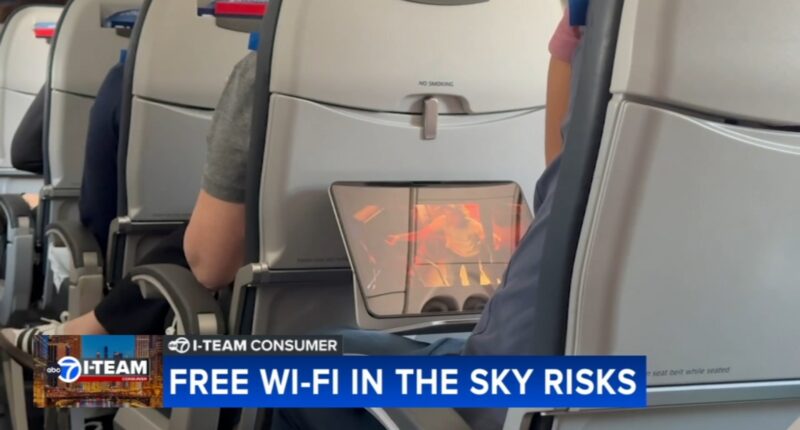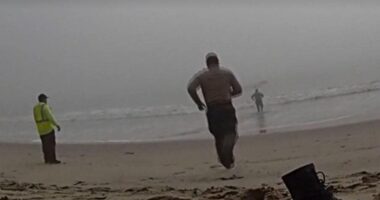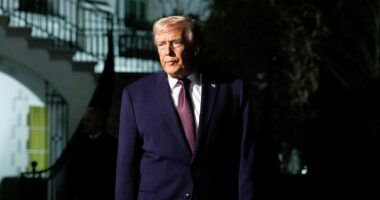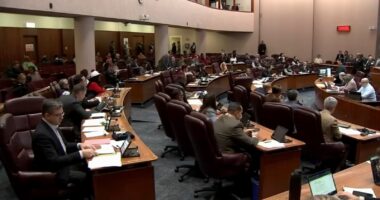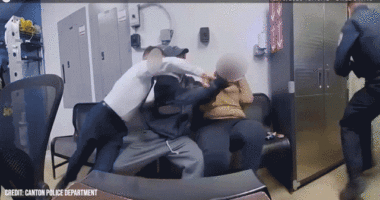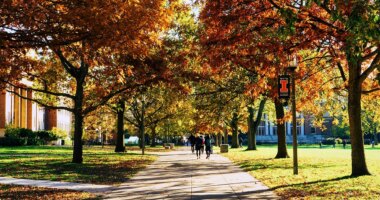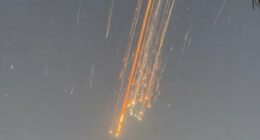Share this @internewscast.com
CHICAGO (WLS) — As leading U.S. airlines begin to offer free in-flight Wi-Fi, the I-Team is delving into the hidden dangers accompanying this complimentary service.
ABC7 Chicago is now streaming 24/7. Click here to watch
While the idea of free internet access at 35,000 feet is appealing, cybersecurity specialists caution that it could increase your vulnerability, given the expected surge in users.
Katy Nastro from Going.com points out, “Although you need to be enrolled in their loyalty programs to access this service, it remains free. When one airline introduces a new feature, others tend to follow, and offering gratis Wi-Fi is no exception.”
Nonetheless, experts at Saily.com, an affiliate of Nord VPN Security, highlight the risk of cybercriminals onboard. These malicious actors might engage in a “man in the middle” attack.
As Matas Cenys from Saily explains, “The hacker positions themselves between you and your internet traffic, intercepting everything you do on your device.”
Similar to unsecured public Wi-Fi, hackers can create a deceptive login page resembling the airline’s, known as an “evil twin,” to capture user credentials.
You could accidentally log into it if the bad actor near you has a strong signal.
“A good example recently happened in Australia where a person did exactly that year build. He performed the ‘evil twin’ attack and made this capture of websites on his own device trying to capture user emails and social media credentials and people entered that information,” Cenys said.
Remember, scammers prefer a goldmine of big crowds, making the cabin a target. So. how do you browse safely in the sky? First, look for duplicate Wi-Fi names.
“If you open the Wi-Fi list and you see a couple of names that are named exactly the same, for example, an airline Wi-Fi or something like that, and there are a couple of entries on it. This should raise suspicious for you,” Cenys said.
Make sure you ask the crew what the airline’s official Wi-Fi network is; choose HTTPS-only sites; avoid websites with personal information like banking and financial institutions; and disable file sharing and AirDrop while on public networks.
For even more enhanced security in the sky, you could also consider using a virtual private network, which creates an encrypted tunnel.
Airlines for America, the trade association for the leading U.S airlines, says safety and security of passengers is top priority and that cybersecurity programs are in place.
They added that airlines continue to invest heavily in technology to boost security and redundancy.
